vGIS Team
Connor Krawchyk
Augmented Reality (AR) is no longer just a novelty or entertainment tool—it has rapidly evolved into a critical asset across various professional industries. By overlaying digital information onto the physical world, AR enhances how professionals see and interact with complex environments, ultimately improving performance, safety, and accuracy. From golf courses to operating rooms and construction sites, AR is reshaping the way experts work.
1. Elevating Technique and Performance in Sports
In sports, AR is proving invaluable in training and performance analysis. For golfers, in particular, AR-enabled devices can visualize terrain data in real time—helping players read slopes, anticipate ball behavior, and improve decision making. Systems can simulate environmental conditions or overlay trajectory lines, giving athletes a better grasp of their surroundings and potential outcomes. This kind of feedback, once limited to seasoned intuition, is now accessible through smart glasses or tablets, allowing professionals and amateurs alike to refine their skills with data-backed confidence.
2. Transforming Surgical Precision
The medical field has embraced AR as a tool for both education and real-time surgical assistance. Surgeons can use AR to project internal anatomical structures over a patient’s body during procedures, offering a clear view of what lies beneath the surface. This improves accuracy and reduces risk, particularly in minimally invasive surgeries where visibility is limited. Training programs are also using AR simulations to help medical students practice complex techniques in a safe, immersive environment. Rather than relying solely on static images or cadavers, AR offers a dynamic, interactive experience that can adapt to different medical scenarios.
3. Improving Safety and Accuracy in Construction
The construction industry is rapidly embracing augmented reality (AR), but the real challenge lies in delivering AR experiences that remain precisely fixed to real-world locations. Without this spatial accuracy, even the most advanced visualizations lose their value.
Outdoors, solutions like vGIS are transforming how infrastructure teams plan and execute projects. Before construction begins, AR is used to visualize the exact location of subsurface utilities—such as cables, pipes, and conduits—helping crews avoid costly strikes. During the project, the same AR tools support real-time quality control, site validation, and data collection, enabling teams to track progress, verify installations, and identify issues as they arise. By overlaying digital models directly onto the real-world environment through iPads and iPhones, vGIS enhances decision-making, boosts efficiency, and improves on-site safety throughout the entire construction lifecycle.
Indoors, platforms like XYZ Reality are making their mark in high-precision environments such as data centers and commercial builds. Their AR tools allow technicians to align digital models with real-world installations in real time, helping teams detect misalignments or inconsistencies before they lead to expensive rework.
Whether outdoors or in controlled indoor settings, these solutions share one critical goal: delivering centimeter-level accuracy. In construction, where a few centimeters can spell the difference between success and failure, AR’s precision is more than a feature—it’s a necessity.
Conclusion
AR technology is enabling professionals across diverse fields to visualize the unseen, make more informed decisions, and perform at higher levels of safety and effectiveness. Whether it’s reading the green, navigating a delicate surgical path, or mapping unseen utility lines, AR brings clarity to complexity. As AR continues to evolve, its impact on professional workflows is only set to deepen—transforming how we see and shape the world around us.
